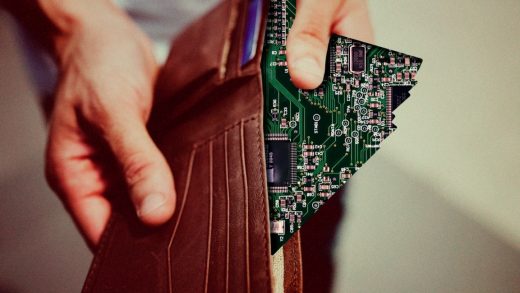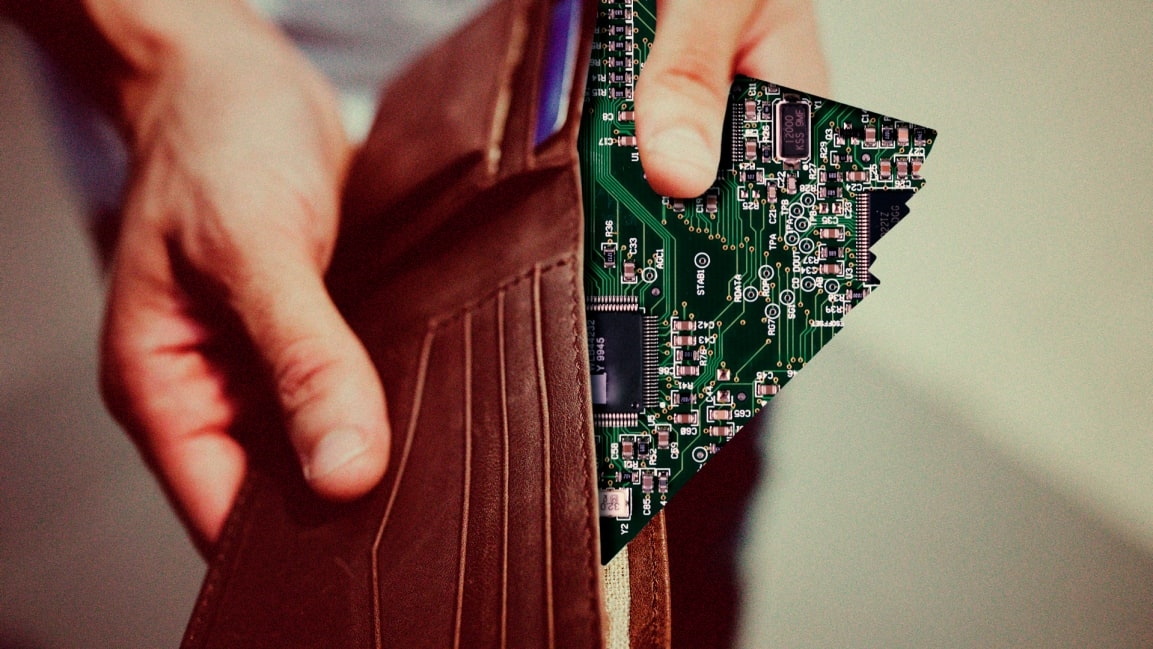Future stimulus checks could come through ‘digital dollars’
Imagine this: The government announces a second stimulus payment program, and then, 10 days later, a payment arrives in your personal FedAccount. This is the topic of a virtual hearing, taking place today in the House Financial Services Committee, that’s called “Inclusive Banking During a Pandemic: Using FedAccounts and Digital Tools to Improve Delivery of Stimulus Payments.”
What is this all about? Stimulus payments approved earlier this year as part of the CARES Act have been plagued by everything from check fraud to recipients accidentally trashing debit cards because they resemble junk mail to the inability of the IRS to connect eligible low-income populations with their payments. FedAccounts would be digital accounts for each American, maintained by a Federal Reserve bank. The concept arose in a draft of the CARES Act, as well as in a handful of bills, including a proposal by Representative Maxine Waters, a Democrat from California.
Such a scheme would be complicated, however: The existence of accounts held directly by a central bank might potentially dissuade consumers from using commercial banks or credit unions, and it raises questions of who, exactly, would get one. That said, China is developing a digital currency, as are Japan, Sweden, and Norway, which may spur the United States to do the same or risk losing the dollar’s dominance as transactions become faster and easier through other digital currencies.
Where can I learn more? Here’s a nice explainer of digital dollars and digital currencies, and here’s a fresh working paper on the impact that digital dollars might have on the U.S. banking system.
(14)



